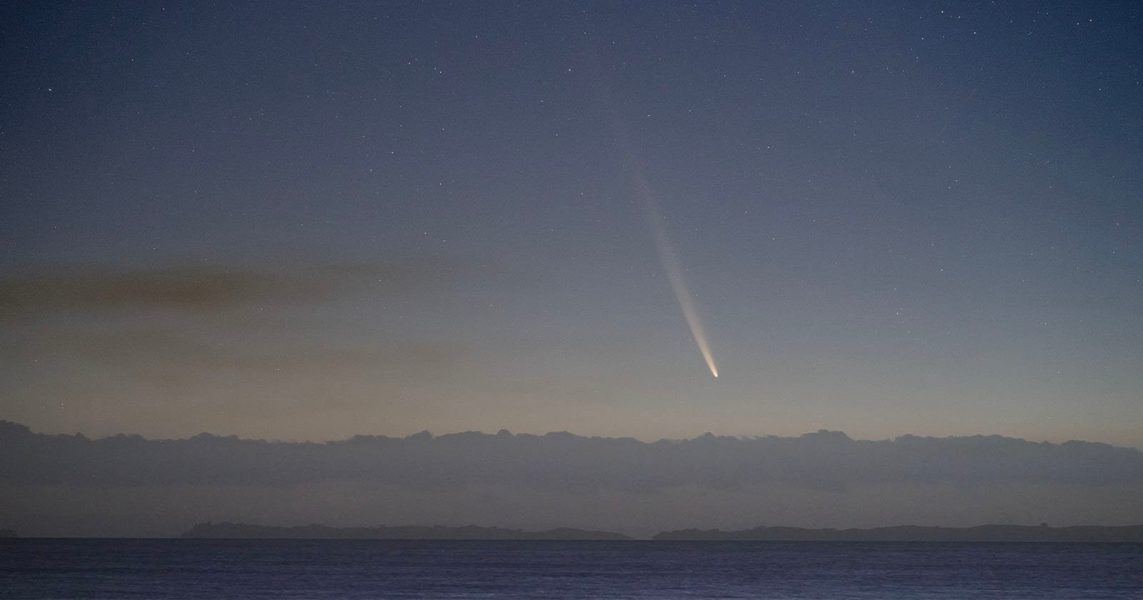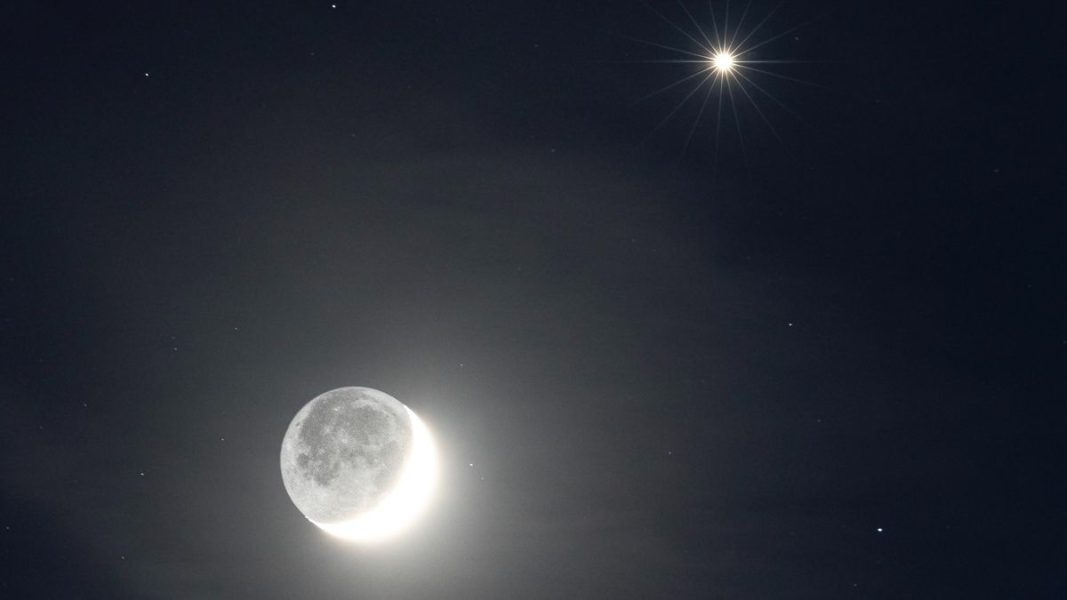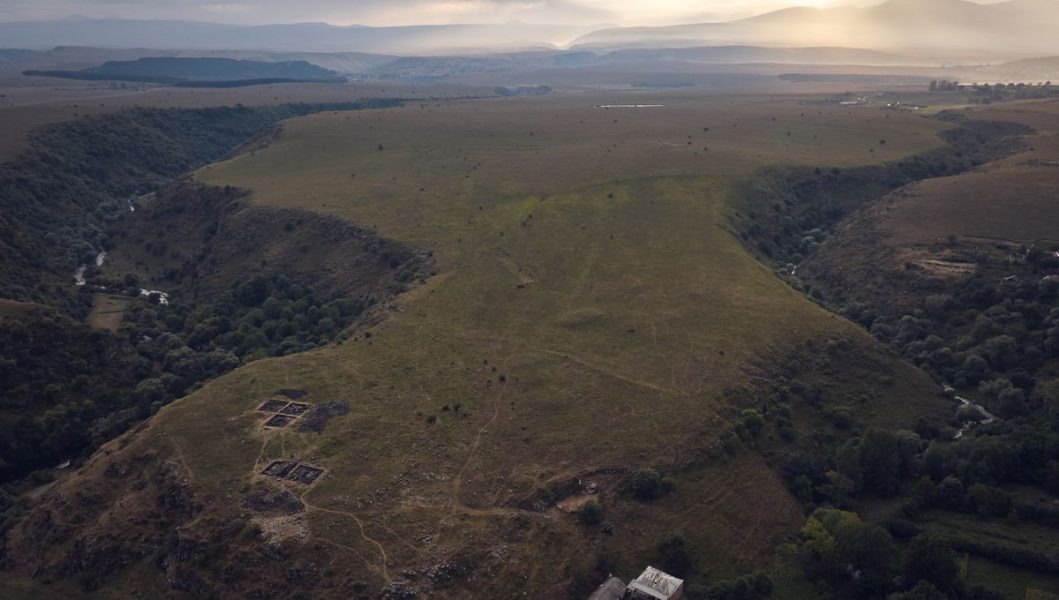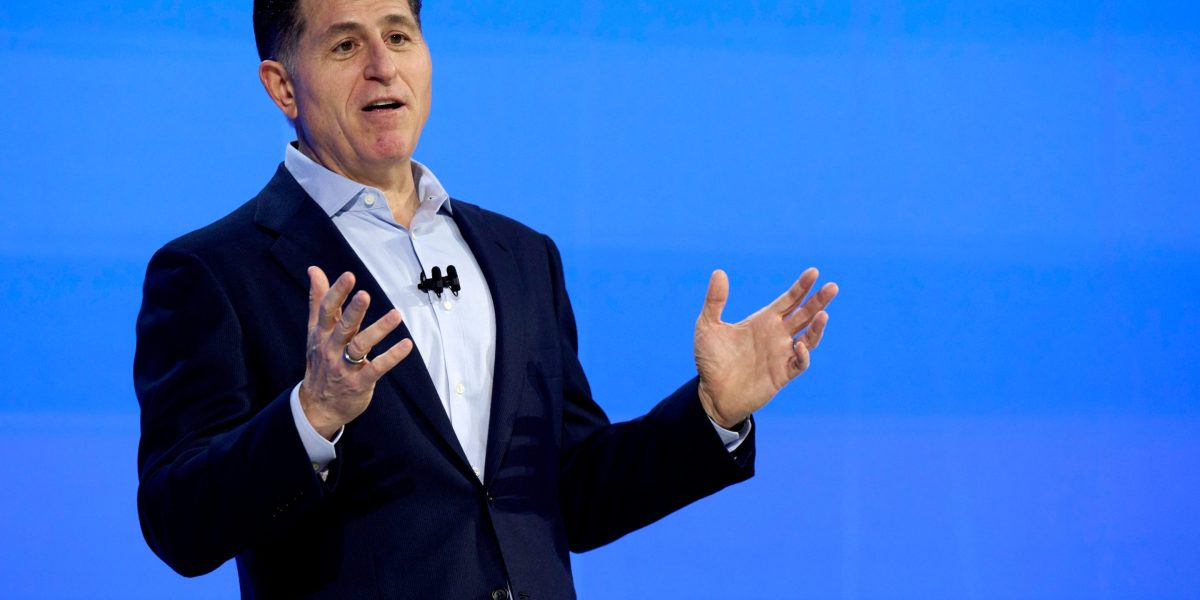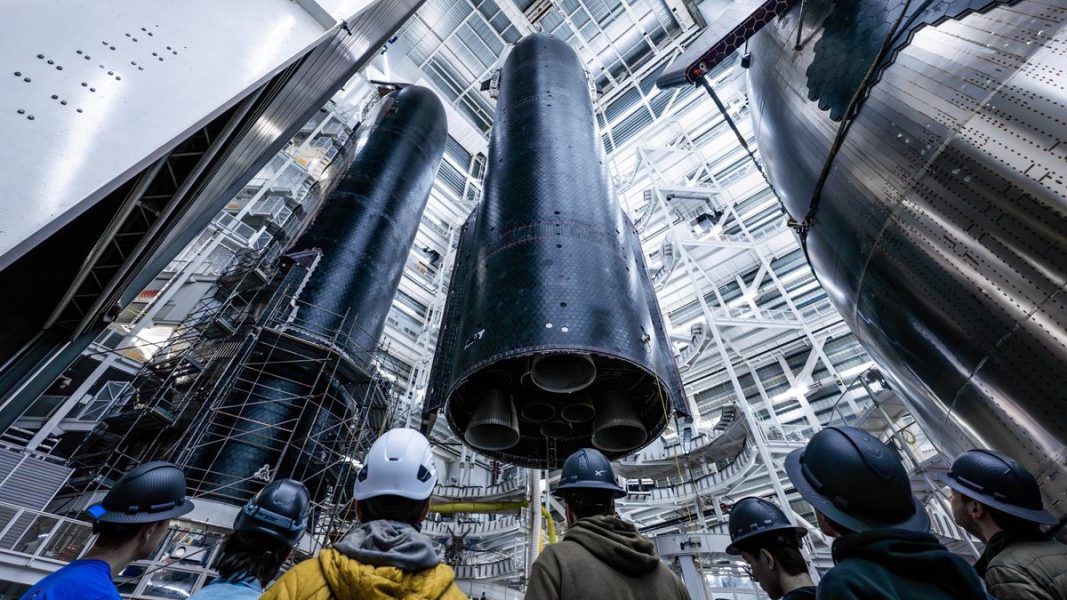‘Dreaded’ Kessler syndrome could turn scientific theory into ‘imminent’ catastrophe with no internet, phones, or air travel – LADbible
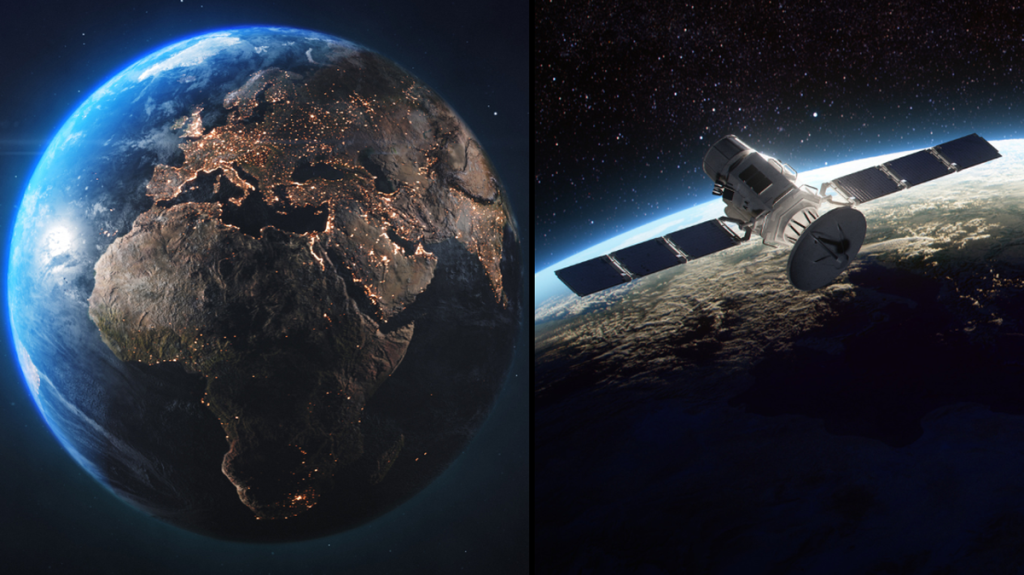
To make sure you never miss out on your favourite NEW stories, we’re happy to send you some remindersClick ‘OK’ then ‘Allow’ to enable notificationsTom EarnshawScientists have warned about the ‘dreaded reality’ of the Kessler syndrome, which could potentially turn from theory to a grim reality for humanity without working phones, GPS, air travel, or Wi-Fi.A hypothesis dating back to the 1970s, NASA scientists Donald Kessler and Burton Cour-Palais thought up the theory as they tried to imagine how an increasingly crowded area of space around Earth would impact humanity going forward.While space as a concept is absolutely massive, the area around Earth that we use for space travel and satellites – known as the area of Low Earth orbit (LEO) – is limited.AdvertRanging up to a maximum of 1,200 miles from the planet, it is used by the likes of NASA and the ESA to save fuel and money on rocket power as well as capture higher quality images due to the closer remit to the planet. There’s also the International Space Station – for the time being, anyway, until Elon Musk destroys it.In a nutshell, the concept of the Kessler syndrome is that the area around Earth gets too crowded to a point where we reach a saturation point where collisions begin and cannot be stopped.AdvertWith space junk increasing as more and more satellites become defunct – combined with freshly launched satellites – it will, eventually, run out of room in LEO.”Spent rockets, satellites and other space trash have accumulated in orbit increasing the likelihood of collision with other debris,” NASA has explained.This could eventually create a ‘runaway chain reaction of collisions’, the space agency added. And because of the fast moving debris then circling the planet, it would be almost impossible to launch new satellites to replace the kaput ones.One planetary scientist, Vishnu Reddy, said the situation around Earth has got really bad in the last few years ever since the first major collision between low orbit objects around Earth in 1957.Advert”The number of objects in space that we have launched in the last four years has increased exponentially,” Reddy, a professor at the University of Arizona in Tuscon, explained.”We are heading towards the situation that we are always dreading.”And speaking in December 2024, Dan Baker – the director of the University of Colorado’s Atmospheric and Space Physics laboratory – echoed worries highlighted by Reddy.Going one step further, he said there was a chance the space around Earth will be ‘unusable’ unless we do something to counteract pollution.AdvertBaker said: “Unless we do something, we are in imminent danger of making a whole part of our Earth environment unusable. We have to get serious about this.”If the chain reaction happens and satellites around the planet are destroyed and cannot be replaced, we’re in big trouble.AdvertSatellites keep life on Earth running more than we might think.One of the main ways is keeping GPS going, a vital technology used by the likes of the aviation industry, weather forecasting, crop production, and fishing industry.On top of this it would mean no Wi-Fi and internet, with phone networks also going down with no satellites in the skies to keep calls pinging around the planet.With around 1,000 crash warnings per day in the Low Earth orbit zone, and the likes of Elon Musk set to launch thousands more satellites as part of his SpaceX Starlink programme, it’s going to get a whole lot more crowded up there.Topics: Science, Space, World News, Technology, EnvironmentTom joined LADbible in 2024, specialising in SEO and trending content. He moved to the company from Reach plc where he enjoyed spells as a content editor and senior reporter for one of the country’s most-read local news brands, LancsLive. When he’s not in work, Tom spends his adult life as a suffering Manchester United supporter after a childhood filled with trebles and Premier League titles. You can’t have it all forever, I suppose.@TREarnshawAdvertAdvertAdvertLAD EntertainmentLAD Stories
Source: https://www.ladbible.com/news/science/kessler-syndrome-reality-scientist-worry-028060-20250107
